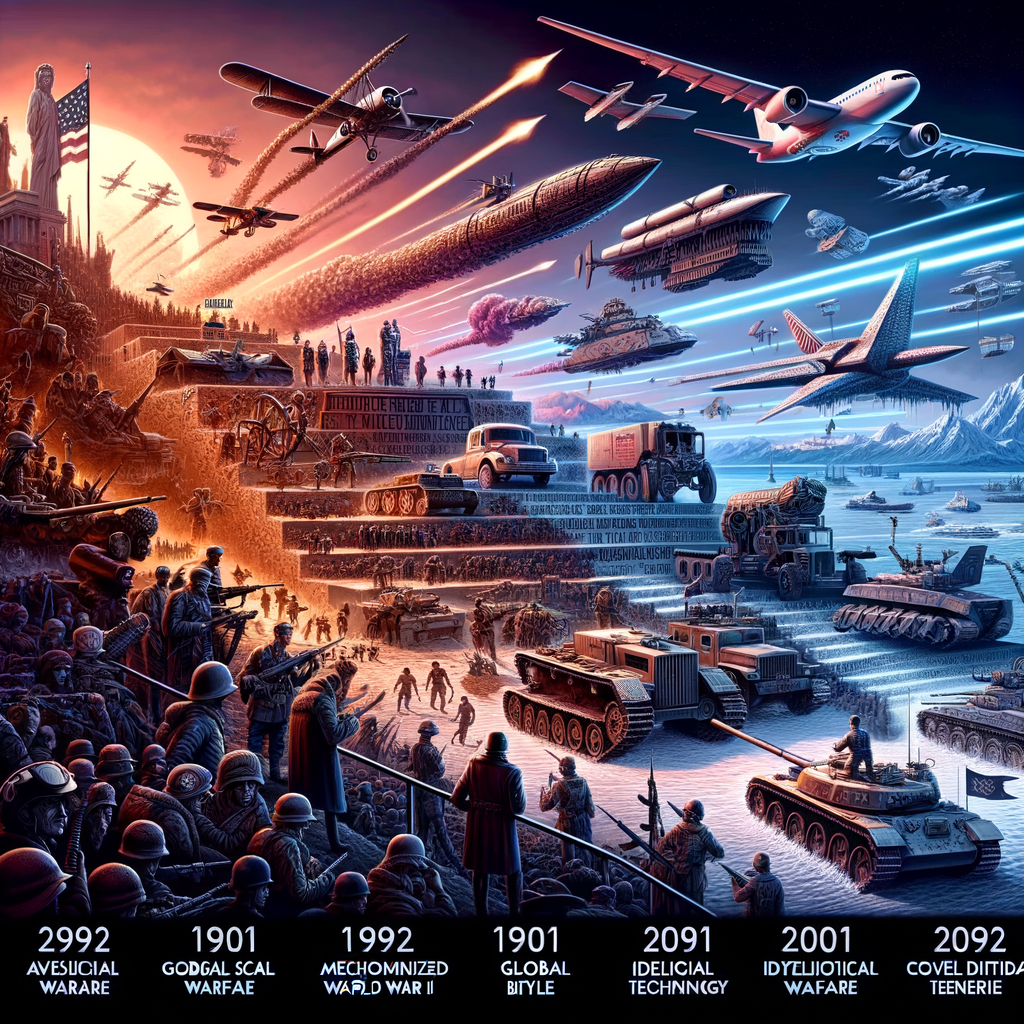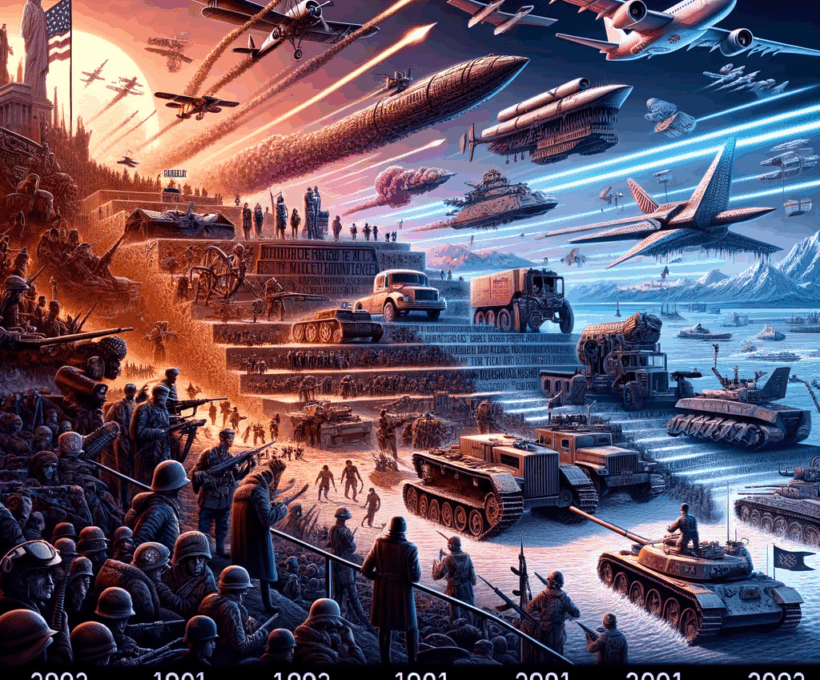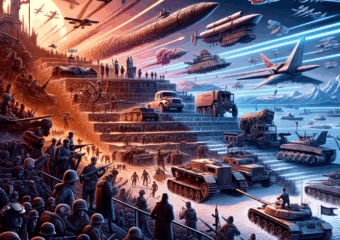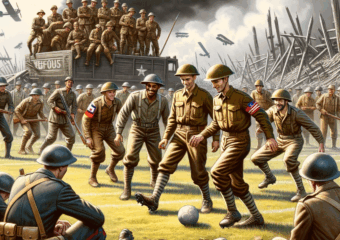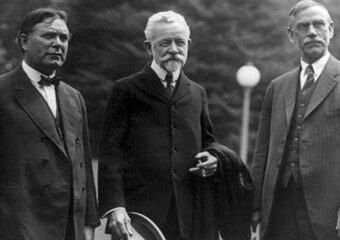The 20th century was one of the most violent and transformative periods in human history. It was marked by two world wars, numerous regional conflicts, revolutions, and ideological clashes that reshaped borders, societies, and the global power balance. These wars not only changed the political landscape of the world but also accelerated advancements in technology, communication, and international cooperation.
World War I: The War to End All Wars
Fought from 1914 to 1918, World War I was triggered by the assassination of Archduke Franz Ferdinand of Austria. What followed was a massive conflict involving most of the major world powers divided into the Allies and the Central Powers. Trench warfare, poison gas, and the introduction of tanks were hallmarks of this brutal war, which claimed over 16 million lives. The Treaty of Versailles in 1919 officially ended the conflict but laid the foundation for the rise of fascism and another global war.
World War II: Global Destruction and Rebuilding
Arguably the most devastating war in history, World War II (1939–1945) involved more than 100 million people across more than 30 countries. It introduced total war on a scale never seen before — with the Holocaust, the use of atomic bombs, and widespread civilian targeting. The Allied victory resulted in the emergence of the United States and the Soviet Union as superpowers and the creation of the United Nations to prevent future conflicts. WWII was a turning point that shaped modern geopolitics and international relations.
The Cold War and Proxy Conflicts
Following WWII, the ideological conflict between capitalism and communism created the Cold War — a period of tension between the U.S. and the Soviet Union. Though direct conflict between the superpowers was avoided, the Cold War manifested in numerous proxy wars, including the Korean War, the Vietnam War, and the Soviet-Afghan War. These wars were influenced by global strategic interests rather than traditional territorial disputes.
Colonial Conflicts and Independence Movements
The 20th century was also a time of decolonization. Former colonies in Asia, Africa, and the Middle East fought for — and achieved — independence from European powers. Conflicts such as the Algerian War of Independence and the Mau Mau Uprising in Kenya were characterized by guerrilla warfare and political resistance, redefining the global order and sparking new national identities.
Technology and Warfare
The 20th century saw rapid military technological innovation. Aircraft carriers, nuclear weapons, ballistic missiles, and satellite surveillance transformed the nature of warfare. While these technologies were first used in combat, many — like radar and GPS — later found civilian applications, influencing areas like transportation, medicine, and entertainment.
Sporting Distractions During Conflict
Even amid global conflict, sport often served as a unifying or distracting force. Events such as the Olympic Games or motor racing competitions like the Canada Grand Prix offered moments of national pride and temporary relief from war-related anxieties. The intersection of global conflict and sporting achievement underscored humanity’s simultaneous capacity for destruction and excellence.
Lessons Learned
- Diplomacy Matters: Many 20th-century wars were avoidable with stronger diplomatic engagement.
- War Leaves a Long Legacy: The effects of wars — psychological, social, and economic — can last generations.
- Technology Is a Double-Edged Sword: Innovations can aid humanity but also increase the destructive capacity of war.
- Peace Requires Vigilance: Institutions like the UN, NATO, and various peacekeeping forces arose as a response to previous failures to maintain peace.
Conclusion
The wars of the 20th century shaped the modern world in profound ways. From the trenches of the Western Front to the jungles of Vietnam, conflict was both a curse and a catalyst for change. As we reflect on the tragedies and triumphs of this era, the most important lesson is clear: understanding history is essential to avoiding the mistakes of the past and building a more peaceful future.

